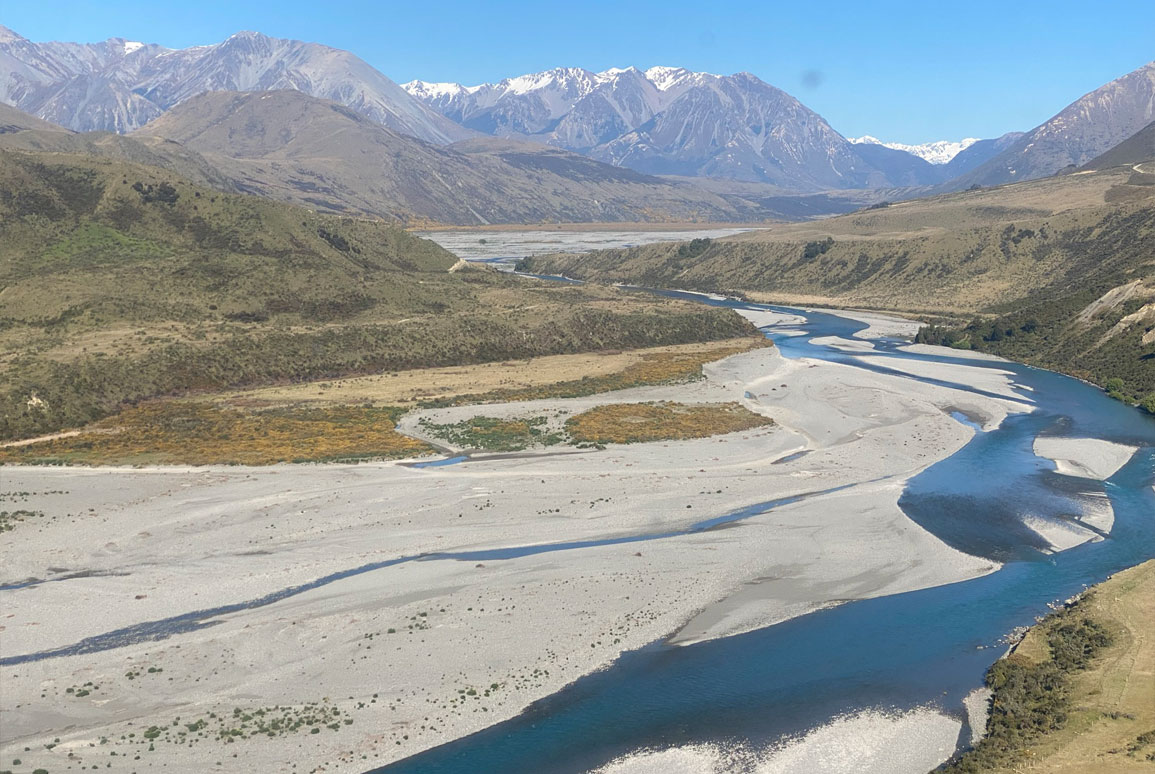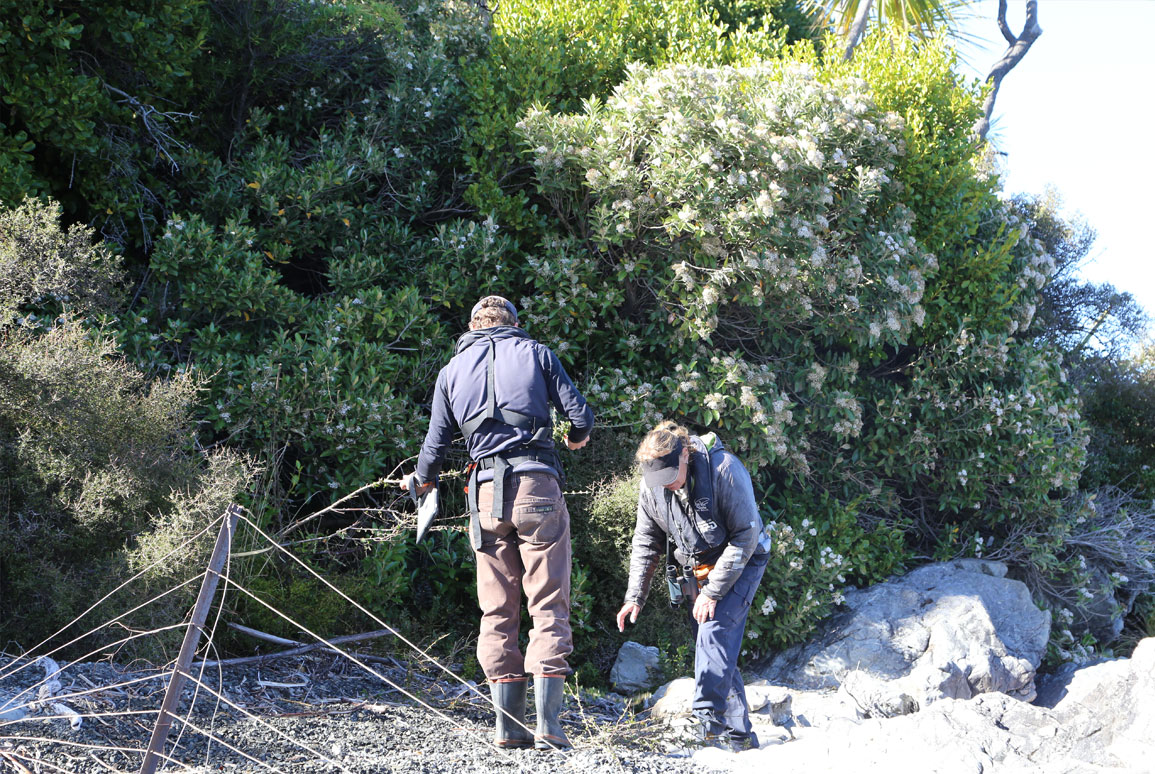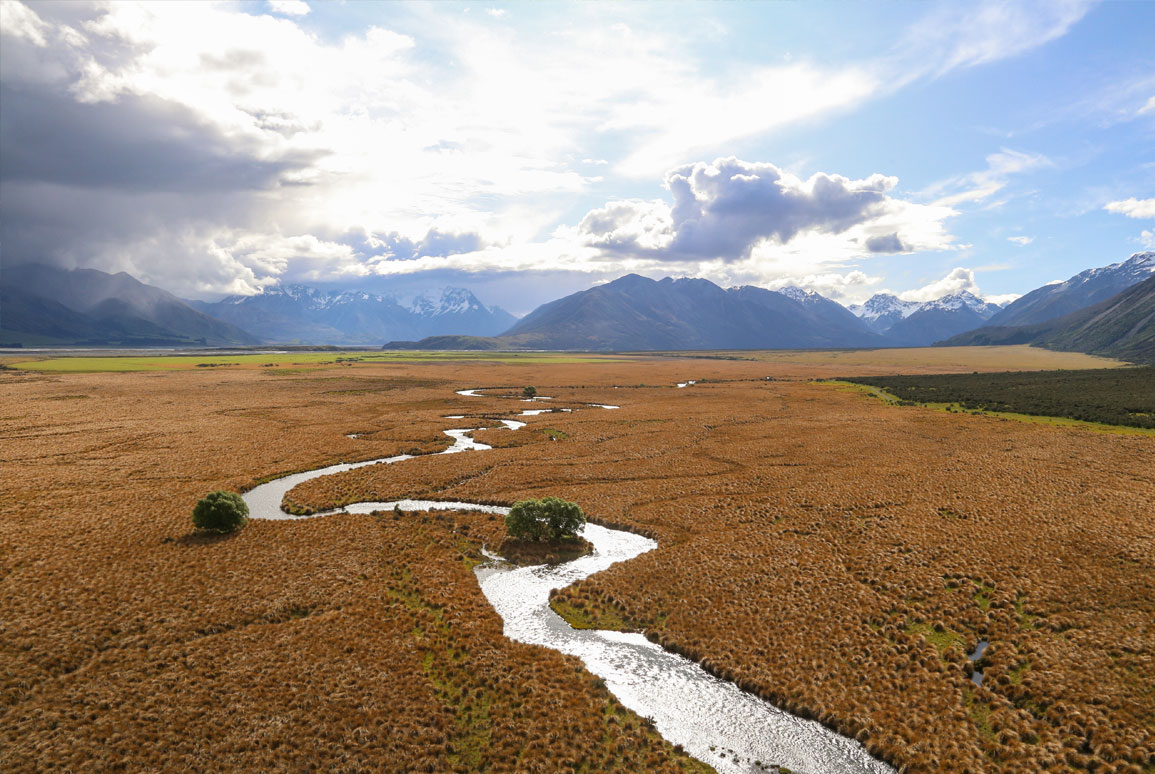Weed management strategies: a roadmap to save our most valuable natural environments
14 November 2023
Written by Sarah Thwaites
Biosecurity Project Coordinator Sarah Thwaites outlines the benefits of weed management strategies to provide a tailored and effective approach to weed management.

Weed management in Aotearoa New Zealand is a multifaceted challenge, led by the legal frameworks of the Biosecurity Act 1993, Regional Pest Management Plans and the dedicated work of many committed individuals and groups across our vast landscapes. Weed management strategies complement these frameworks and activities by providing a targeted approach for protecting some of our most valuable environments. With frequent reviews and tailored direction, weed management strategies not only offer more effective weed management but also serve as a catalyst for community involvement and funding, furthering the fight against invasive weeds.

Weed management across the regions of Aotearoa is underpinned by Regional Pest Management Plans (RPMP). RPMPs give effect to the Biosecurity Act 1993, which serves as the overarching legal framework for biosecurity management in New Zealand. RPMPs are written in accordance with the requirements of the National Policy Direction for Pest Management 2015, which sets out the conditions for developing pest management plans. RPMPs provide rules and guidance for managing animal and plant pests, addressing the significant threats to biodiversity, ecosystems, agriculture, and human health in Aotearoa. The plans identify key species and sites for each region; therefore, each plan is tailored to a region’s specific pest challenges.

Weed management strategies offer the next level of detail, considering weed issues at a catchment scale, usually in high-value areas such as Canterbury’s braided rivers. Weed management strategies are different from RPMPs in that they provide for non-RPMP ‘ecological weeds’; weeds that threaten native ecosystems, that are not prescribed rules or recommendations in the RPMP. Ecological weed species such as false tamarisk, cotoneaster and rowans are only mentioned in the Canterbury RPMP as ‘Organisms of Interest’, and as such, there are no rules governing the control of these species, and no guidance on where and how these species could be managed to reduce impacts to biodiversity and other values. These species can have significant adverse effects on the values of a site, and having a strategy to guide management ensures a clear approach for all land managers to follow.
Weed strategies are developed in collaboration with local and central government, stakeholders, community groups and landholders, who all have an interest in protecting the area. There is generally good buy-in from those involved, and motivation to undertake the recommendations suggested. Weed management strategies also support funding applications, as they provide clear direction on priorities, actions, timeframes, and outcomes. Sites such as the Rakaia River and Rakitata River have well-funded weed control programmes, guided by these strategies.

Boffa Miskell has written weed management strategies for the Upper Rangitata River (2019), Upper Waimakariri River (2022) and the Upper Rakaia River (2023) which were funded by Toitu Te Whenua | Land Information New Zealand and Environment Canterbury with support from Te Papa Atawhai | Department of Conservation.
The strategies provide presence, abundance, and distribution data on both RPMP and non-RPMP weed species. The strategies provide a clear approach to weed management by identifying key priorities. These priorities consider the values being protected, priority species to target, control approach and timing for control.
This level of detail ensures weed control operations are not just ad-hoc, but are undertaken with specific direction to achieve the strategy outcomes. Strategies may also provide general management recommendations such as collaborating with adjacent landowners or managing biosecurity risks. An additional benefit of the strategies is the control work that is undertaken during surveys. Surveyors will carry hand tools and herbicide to remove low-density weed infestations, often in remote and inaccessible areas, preventing the spread into otherwise pristine landscapes. Weed management strategies are reviewed every five years, to update weed data, assess progress against recommendations and to update priorities if required.

